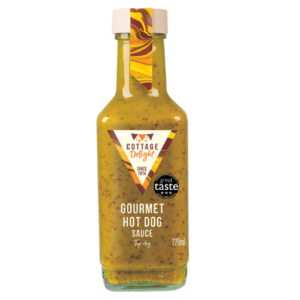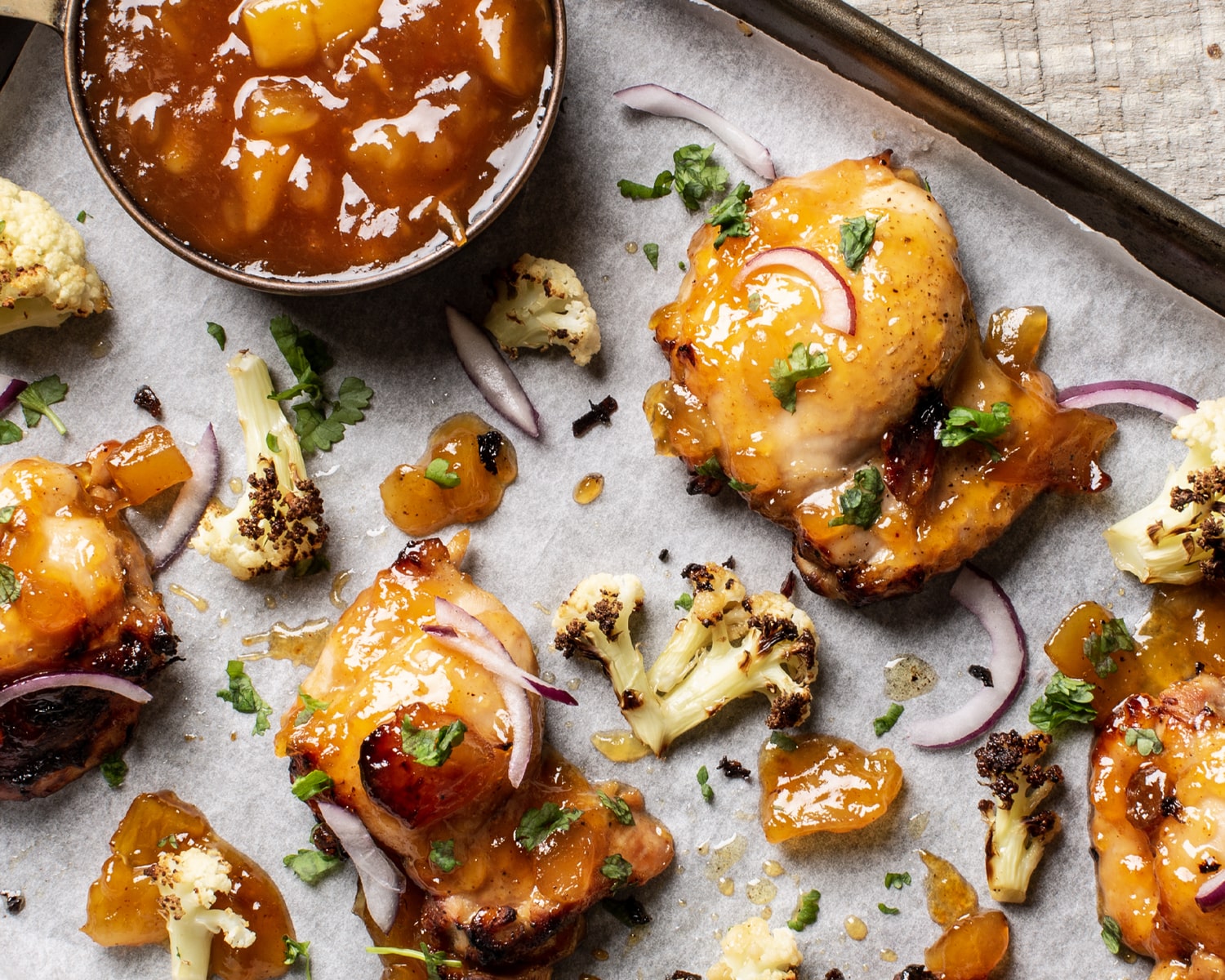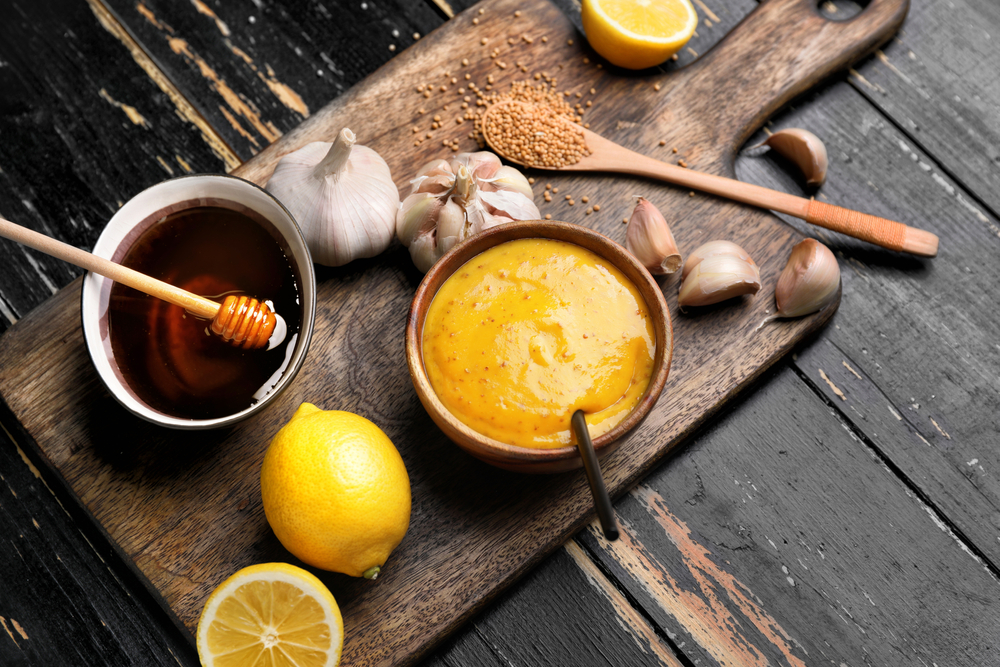What is couscous?



This versatile food is ideal as a blank canvas for lots of bold flavours, from one-pot meal solutions to fresh summery salads. It’s one of the easiest, fastest and tastiest side dishes you can make!
What is couscous?
Many people believe that couscous is actually a type of grain, such as rice but it is actually a type of pasta. Some shops may stock couscous in the pasta section, but most will often stock it in the grain section, next to the rice.
Origins of couscous
Couscous is a staple food throughout the Maghrebi cuisines of Algeria, Tunisia, Mauritania, Morocco, and Libya. It was integrated into European cuisine at the beginning of the twentieth century. Couscous is made from semolina flour mixed with water.
Types of couscous
- Moroccan couscous: Moroccan couscous is the smallest type of couscous. Its tiny size means it can be cooked in very little time, making it a great healthy option for days when you don’t have time to make an extravagant meal. Simply add water to our delicious Moroccan Couscous, made with plump apricots, fruity sultanas, zesty orange peel and delicate spices create this aromatic blend, full of authentic Moroccan flavour.
- Israeli couscous: also known as Giant Couscous, is toasted pasta in tiny balls, developed in Israel in the 1950s when rice was scarce due to austerity in Israel. Despite the name in English, it is not a type of couscous. It’s a machine-made, perfectly round pasta with a delightful chewiness that’s ideal as a base for grain salads, pasta sauce, risotto, and more.
- Whole wheat couscous: The healthiest from the bunch. Whole-wheat couscous is a whole grain, which means it offers more fibre and slightly more nutrients than plain, refined couscous.
- Lebanese couscous: Lebanese couscous, also known as Moghrabieh couscous, is the largest couscous, taking the longest to cook. Though it’s still made from semolina flour, it’s formed into pea-sized balls offering a richer, more nutty flavour.
- Mediterranean couscous: Formed similarly to Moroccan couscous, tiny in size but mixed with classed Mediterranean seasonings and classic vegetables like black olives and grilled peppers. It offers a vibrant twist on classic couscous. Simply add water to our Mediterranean Tomato & Garlic Couscous for a tasty meal time solution.
Benefits of couscous
Rich in selenium, couscous can help boost your immune system and reduce your risk of some diseases like cancer. Selenium is an essential mineral with many health benefits. It’s a powerful antioxidant that helps your body repair damaged cells and decreases inflammation. It’s also essential for proper thyroid gland function. Couscous is an excellent source of this nutrient.
While couscous has health and nutrition benefits, it may not be the best choice for everyone as it contains gluten, making it off limits for some. It also packs fewer nutrients than similar whole grains such as quinoa, brown rice or oats.
Couscous is also a great source of fibre, but to optimise levels, it’s worth looking for wholemeal couscous, which is made from the whole grain.
Couscous is a healthier alternative to white rice providing more protein, vitamins and minerals than the equivalent portion of white rice.
How to cook couscous
- How long does couscous take to cook? Simply add 500ml water to our mixes, stir and leave to cook for 4 minutes. You can find our selection here.
- How much water for couscous? Simply add 500ml water to our mixes, add a knob of butter too if you’re feeling indulgent!
- How to flavour couscous? Delicious with roasted vegetables and a variety of meats such as chicken or lamb skewers.
- Can you reheat couscous? Yes, couscous can be reheated, cooked over medium low heat in a saucepan on the hob, stirring occasionally.
- Can you freeze couscous? Yes, couscous can be frozen. Once frozen, you can keep your couscous in the freezer for up to four months.


What to eat with couscous?
If you prefer a spicy kick to your couscous you can add sliced hot peppers, chilli flakes or chorizo. Simply top with roasted vegetables such as broccoli or cauliflower for a classic hearty meal. You can also add couscous to your favourite soups, this will thicken the broth and provide more substance.
If you are a fan of meat then why not try with lamb koftas, or chicken? For those who aren’t a huge fan of meat, why not try couscous with tofu? All of our couscous is vegan and vegetarian friendly so perfect to accompany meat substitutes. Chickpeas and butternut squash offer a tasty vegetarian alternative to meat too.
Our Moroccan spiced couscous is particularly tasty within a burrito, view the full recipe here.
Common questions about couscous
- Is couscous gluten free? Our couscous is not gluten free, but many gluten free couscous alternatives are available at most well known supermarkets. Our couscous is vegan and vegetarian friendly.
- Is quinoa the same as couscous? Quinoa is actually the seed of a plant. As a seed, it is naturally gluten-free and contains many nutritional properties, like high protein and fibre. Couscous, on the other hand, is a small pasta produced with semolina wheat flour. Given that it contains wheat, couscous is not gluten-free.
- Is couscous pasta? Yes, Couscous is pasta made from semolina flour mixed with water.
- Is couscous wheat? Couscous is made from semolina, which is a granule of durum wheat.
- Can you reheat couscous in the microwave? Yes, allow couscous to cool for at least one hour before refrigerating. But don’t keep couscous at room temperature for any longer than two hours before refrigerating—as in this state the bugs are more likely to multiply. Eat leftovers within four days, and always make sure you store food in an airtight container. To reheat, put the container straight into the microwave cooking in 30 second intervals until heated. Add a knob of butter to fluff up right at the end.
Our couscous selection
Looking for your next couscous taste adventure? We have 2 delicious options:
Mediterranean Tomato & Garlic Couscous – We create this delicate blend by combining black olives, grilled peppers and Mediterranean seasonings for a taste of true Mediterranean flavour.
Moroccan Spiced Couscous – Plump apricots, fruity sultanas, zesty orange peel with delicate spices create this aromatic blend, full of Moroccan flavour.
Looking for a quick meal time solution which is gluten free friendly? Why not try:
Pea, Ham & Mint Risotto – We combine richly textured Italian arborio rice with British ham, parmesan cheese and garden peas for a delicious fusion of flavour.
Pine Nut & Basil Risotto – Our recipe is a delicious combination of basil, pinenuts, shallots and parmesan cheese, creating a beautiful balance of fabulous flavour.
Smoked Paprika & Saffron Paella – Our authentic recipe is created with Spanish Bahlia rice, infused with smoked paprika, rich garlic and saffron for a paella packed with flavour.
Spiced Biryani Basmati Rice – A unique blend of authentic herbs and spices, lovingly made in small batches.
Thai Jasmine Coconut Rice – Traditionally made in small batches to a true authentic recipe.
Wild Porcini & Parmesan Risotto – We combine rich porcini mushrooms and parmesan cheese with Spanish arborio rice and a unique blend of spices for deep flavour.



PRODUCTS USED IN THIS BLOG
Take a look at a selection of sauces
Other blogs you might like to read
Other blogs you might like to read







